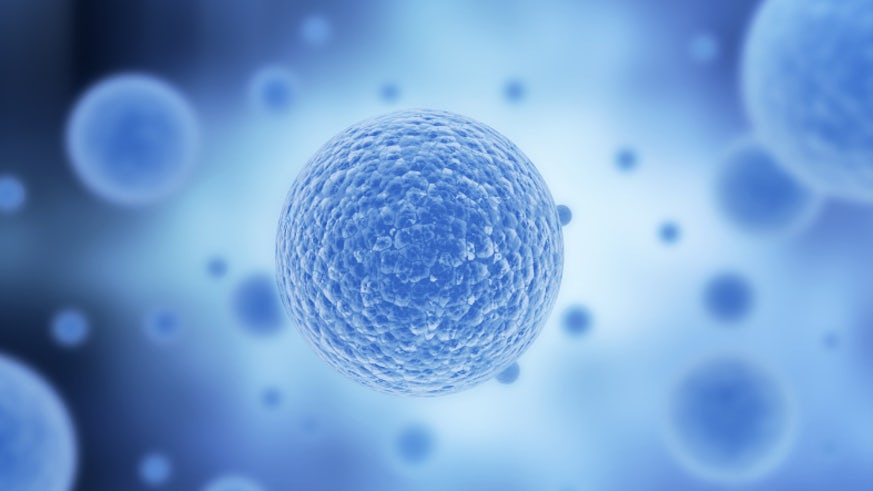Eye tissue grown in lab
9 March 2016

Vision restored in rabbits following stem cell transplantation
Scientists have demonstrated a method for generating several key types
of eye tissue from human stem cells in a way that mirrors whole eye
development.
When transplanted to an animal model of corneal blindness, these tissues are
shown to repair the front of the eye and restore vision, which scientists say
could pave the way for human clinical trials of anterior eye transplantation to
restore lost or damaged vision.
A collaborative team comprising researchers from Cardiff and Osaka University
in Japan describe their findings today in Nature.
The eye is composed of highly specialized tissues that are derived from a
variety of cell lineages during development.
Previous studies have demonstrated that particular cell types, such as those
that constitute the retina or cornea, can be created in the laboratory from
pluripotent stem cells. However, these studies do not represent the complexity
of whole eye development.
These latest experiments report the generation of multiple cell lineages of the eye,
including the lens, cornea, and conjunctiva, using human induced pluripotent
stem cells.
The scientists have been able to show that the corneal epithelial cells can be
cultivated and transplanted onto the eyes of rabbits with experimentally
induced blindness to surgically repair the front of the eye.
Study co-author, Professor Andrew Quantock from the School of Optometry
and Vision Sciences, said: “This research
shows that various types of human stem cells are able to take on the
characteristics of the cornea, lens and retina.
“Importantly, it demonstrates that one cell type - the corneal epithelium -
could be further grown in the lab and then transplanted on to a rabbit’s eye
where it was functional, achieving recovered vision.
“Our work not only holds potential for developing
cells for treatment of other areas of the eye, but could set the stage for
future human clinical trials of anterior eye transplantation to restore visual
function.”
Around 4000 corneal grafts are performed by the NHS annually, which rely on
human organ donation.
The research was funded by the Japanese government’s Agency for Medical
Research and Development.